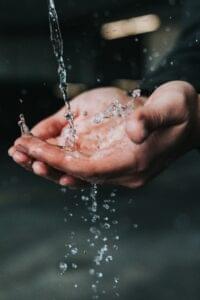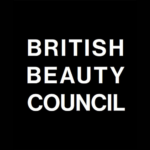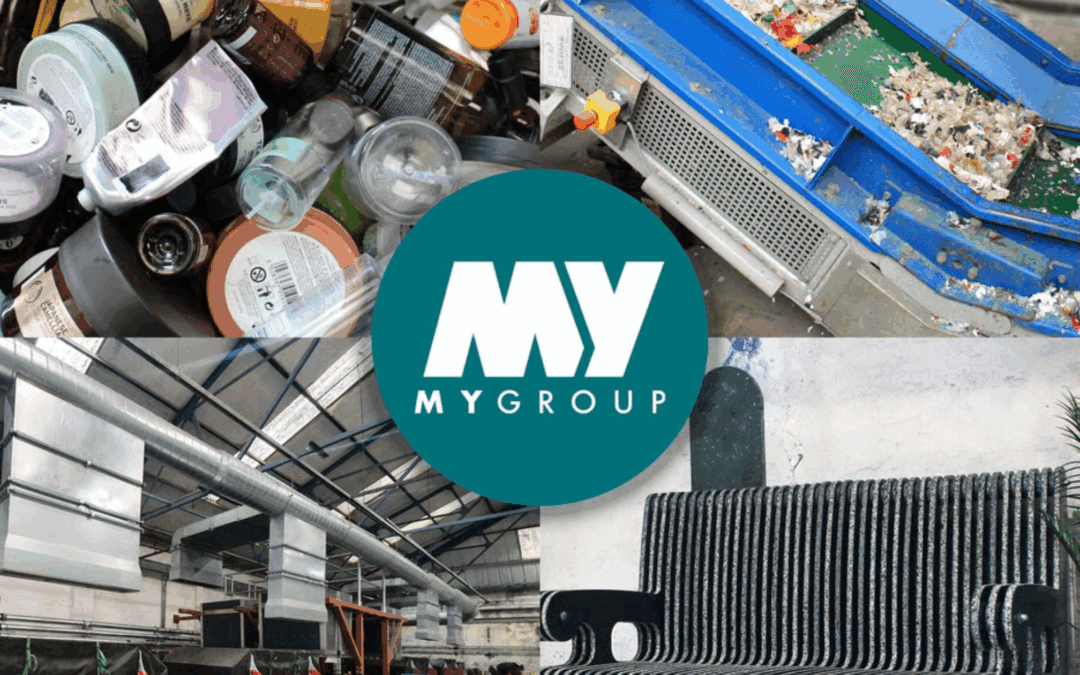As we move through the lockdown phases since Covid-19 hit, one could be forgiven for hoping that we’ll edge closer to a “return to normal”. But it’s becoming apparent we now face a new ‘normal’, one that the beauty industry has already been experiencing and navigating this past quarter.
The beauty industry has long been evolving and at significant pace. Its ability to adapt swiftly has been proven in the last two months as many brands have shifted production and response to meet the growing need for hand sanitiser and PPE, whilst showing empathy and giving back to those who give so much on the frontline. But before Covid-19 struck, the cultural shifts have brought considerable change in beauty.
Beauty Bytes looks at how beauty demands have transformed in response to the crisis, but also reflects on how they will continue to develop in the long run, even in spite of it.
The Now
In previous economic recessions, beauty has always proven its resilience – think the ‘lipstick index’. As China leads the way in the Covid-19 development timeline, they have demonstrated similar positive beauty shifts despite difficult times. And as lockdown has changed life as we know it across the world, beauty habits, and the solutions being sought have too.
The Eyes Have It
China’s online retail platform, Tmall saw a 41% increase in eyeshadow sales during the first quarter of 2020, compared to the first quarter last year, according to research by Gartner. Whilst L’Oréal has witnessed sales of eye makeup products, including eyeliners, eye shadows, mascara, and eyebrow pencils grow faster in the last two months than other product categories there (China Daily, 2020). All simply down to the fact that the eyes are the key feature still on show when wearing face masks and have now become a key focus for audiences.
Self-Care Soars
Skincare, haircare, and bath-and-body categories all appear to be benefiting from the self-care and pampering trends that have emerged. NPD recorded that sales of luxury hand soap in France were up by 800% in mid-March, coinciding with the country’s lockdown commencing. Whilst Europe’s biggest fashion & lifestyle e-commerce platform Zalando, reported a boom in their self-care product categories, covering candles, aromatherapy, and detox products (McKinsey & Co.).
In the UK, Walgreens Boots Alliance (WBA) reports that 63% of consumers have opted for a hot bath, whilst 74% are using face masks during lockdown. Whether it be owing to have increased available time (job furloughs and lay-offs or freed time due to a lack of daily commute) or in response to stress (juggling home schooling and childcare whilst working from home, heightened anxiety from the crisis and isolation) self-care is a key concern as consumers seek to soothe their minds and their bodies.

DIY takes the Driving Seat
As so many miss their professional experts during lockdown, the UK has witnessed a spike in Do-It-Yourself home solutions. We have seen double-digit growth in nailcare – potentially to be dubbed the new lipstick index. In the USA, Nielsen reported a boost in the sales of hair dye and hair clippers by 23 and 16% respectively, in the first week of April 2020 versus a year ago.
While consumers strive to maintain their body hair and brows, the search terms ‘How to…wax / grow / do / shape… eyebrows’ reached the Top 20 in Google searches. Meanwhile social feeds have been overtaken by audiences sharing their attempts to remove acrylic nails at home, the results of partner or family member ‘quarantine cuts’ or bids to touch up roots.
The Magic of Makeup
Despite working from home enabling audiences to feel comfortable forgoing makeup, 80% of beauty consumers agree that it boosts their mental health as ‘it helps you feel good about yourself. Whilst 54% of women use makeup to ‘stay in a routine’ (WBA). These figures demonstrate that the psychological power of applying and wearing makeup in a time of uncertainty and rapid change cannot be overlooked. This is further emphasised by the fact that 43% of audiences are seeking beauty content that helps them to “feel good”, providing them with assurance and escapism.
From Counters to Chatrooms
AI and AR tech have been providing consumers with the ability to virtually try cosmetics long before Covid-19 hit, but this technology does not replace the advice of a makeup expert nor does it provide consumers with skincare answers. Virtual consultations via video and online chatrooms have proven invaluable for many brands to overcome the inability to visit brand experts in the passing weeks, including SpaceNK, DECIEM, The Inkey List and Glossier. Further, it’s been reported that online customers who shop using virtual consultations are 15 times more likely to purchase than those who don’t. Whilst L’Oréal’s Colour & Co. at-home customised hair colour kit that came out May 2019, has seen sales rise ten-fold since lockdown, there has also been 25 times more demand for digital colour consultations.
The Future
As we look to navigate through the crisis and learn from it, consumer habits and beauty needs will take a permanent shift. And some long-standing concerns and cultural shifts that were here before Covid-19 struck, will continue but evolve.
Cleanliness is King
In the long run, brands will need to consider the increased focus on hygiene and its impact on consumer behaviours and purchasing considerations, such as:
- Over-washing of hands and the use of hand sanitiser that further dries out hands
- The desire for “touchless” beauty products such as facial mists and stick formats, e.g. lip balms to avoid touching of the face
- The interest in anti-bacterial products to maintain cleanliness of beauty tools, and ingestibles that help to sustain healthy immune systems.
The Ritual of Beauty and Sleep
As many turn to the routine and ritual that beauty can bring in order to cope with increased stress whether brought on by the crisis or their lifestyles, what solutions, formulations and ingredients can your brand bring to aid these? In turn, what content can be produced to positively help consumers navigate these wellness rituals, e.g. meditation, mindfulness, and self-care guides.
Another concern not to be forgotten is sleep hygiene. The desire for better, deeper sleep has been a growing one among consumers as frenetic, fast-paced, and screen-heavy culture has driven a craving for improved sleep cycles. Even as the world has been forced to slow down a little, the anxiety and unusual living circumstances that the virus outbreak has brought with it means that demand for products that allow better sleep is in fact higher than ever. Figures show that a fifth of the world’s consumers are actively buying beauty products to address sleep-related concerns, like fatigue and tiredness (GlobalData).
Sustainability will remain under Scrutiny
Of course, before Covid-19 hit, our impact on the planet was a huge focus for consumers and brands the world over. As the focus on the virus ebbs away in the long run, heightened worries around our ecological crisis will slowly return. Brands can no longer afford to ignore how their actions are affecting the planet and consumers have more choice than ever before to make more ethical purchase decisions. Beauty brands will increasingly need to offer consumers this choice and increased visibility through accessible solutions such as refillables, biodegradable options, traceable ingredients, and transparency on how and where products are brought to life.
A great example of the latter in action is Provenance, a digital consultancy that enables brands to take steps toward greater transparency. They equip businesses with software to allow for the effective gathering and presentation of their product information, and their supply chains, with verified supporting data. Provenance has partnered with online beauty hub Cult Beauty, allowing their customers to easily determine if a product is vegan, cruelty-free or comes in recyclable packaging all by simply looking for a green tick.
From Sun to Screens
The negative impact of consistent and long-term screen use has been discussed for a while now as high energy visible (HEV) or blue light from screens is considered damaging for both eye health and skin. Millennials look at their phones an average of 150 times a day, with the top 20% of smartphone users’ daily screen exceeding 4.5 hours (WBA).
As this figure is set to soar due to increased remote working, video calls and time online, brands will need to assess their NPD to see how they can provide solutions. Facial products like moisturisers, primers, tinted moisturisers, and foundations that now contain SPF for sun protection will require adapting to include blue light filters.
Retailer Response
Aside from category and NPD considerations, across the world, it’s becoming apparent that consumers are likely to increase their online engagement and spending, especially given that social distancing measures and restrictions may long be in force until a vaccination is established and distributed.
Beauty retailers will need to prioritise their digital channels to capture and convert brand fans and new customers alike. Whilst we can look up to China when it comes to seamless e-commerce and digital payments experiences, it’s important to remember they have advantage in two ways: there is a lack of digital barriers when it comes to all generations: all are highly digitally savvy. Furthermore, China had to adapt to these mechanics following the 2002 Sars epidemic so have had a head start at building and refining them.
To maintain momentum for bricks and mortar retailers, the use of artificial intelligence and virtual technology for testing, discovery, education and customisation will need to speed up as concerns about health and hygiene disrupt product trial and consultations in-person. How can retailers use alternative methods of product testing in stores to limit hygiene concerns for customers and employees alike? And as social distancing is set to continue for the foreseeable future, how can brands entertain customers as they wait in line beforehand?




